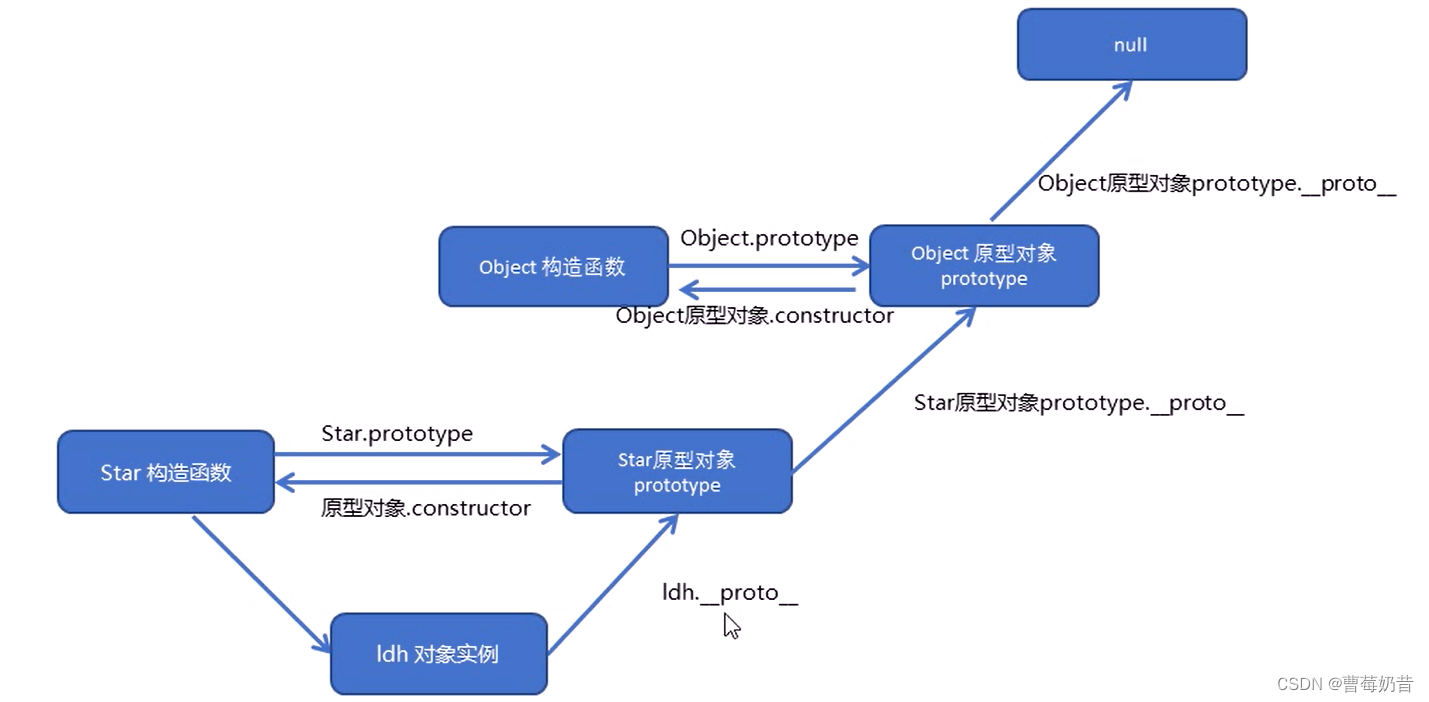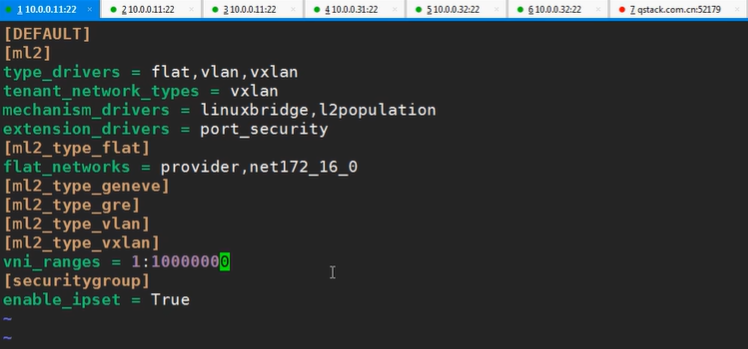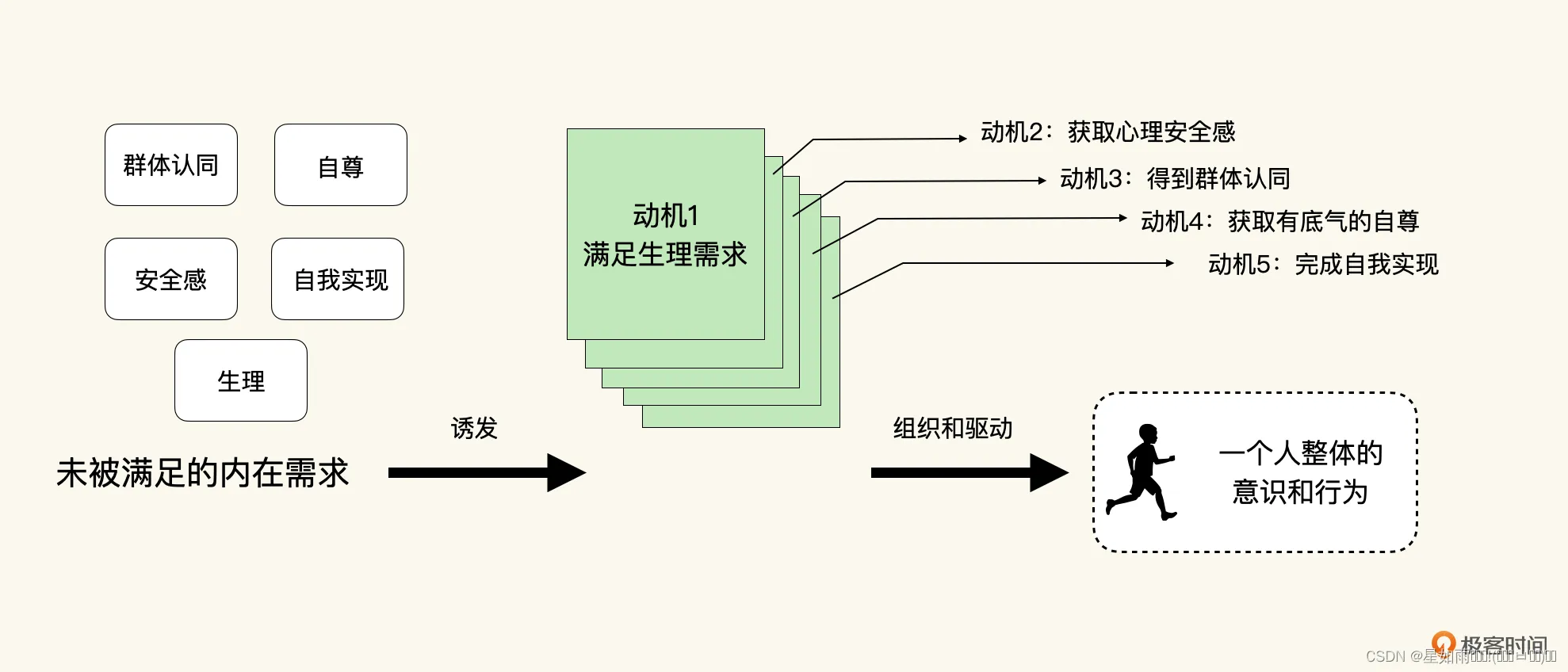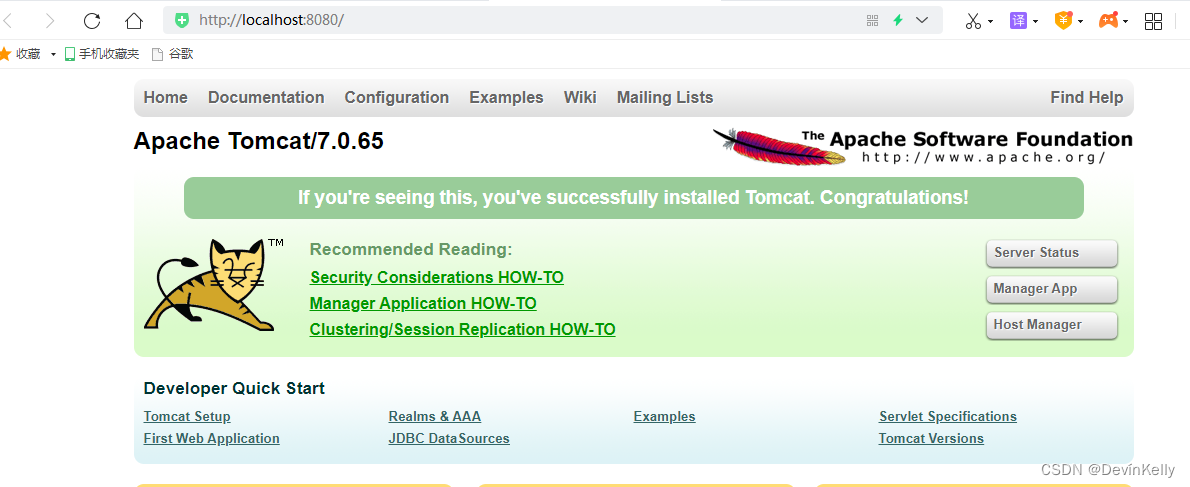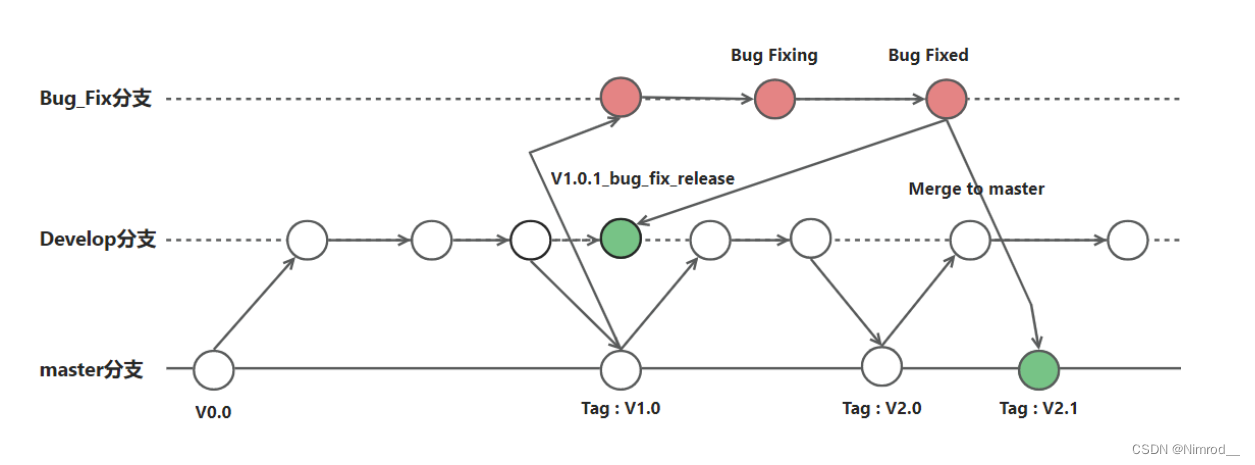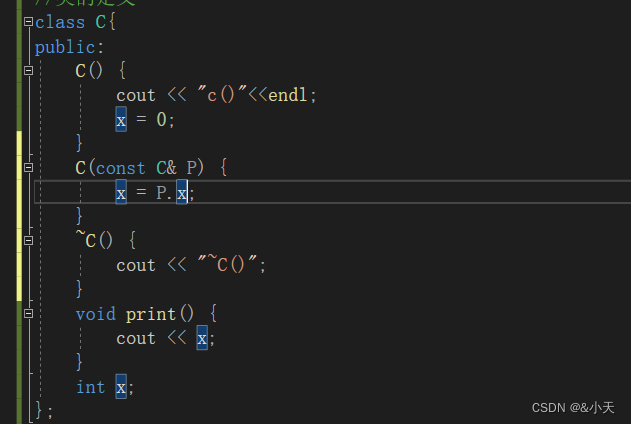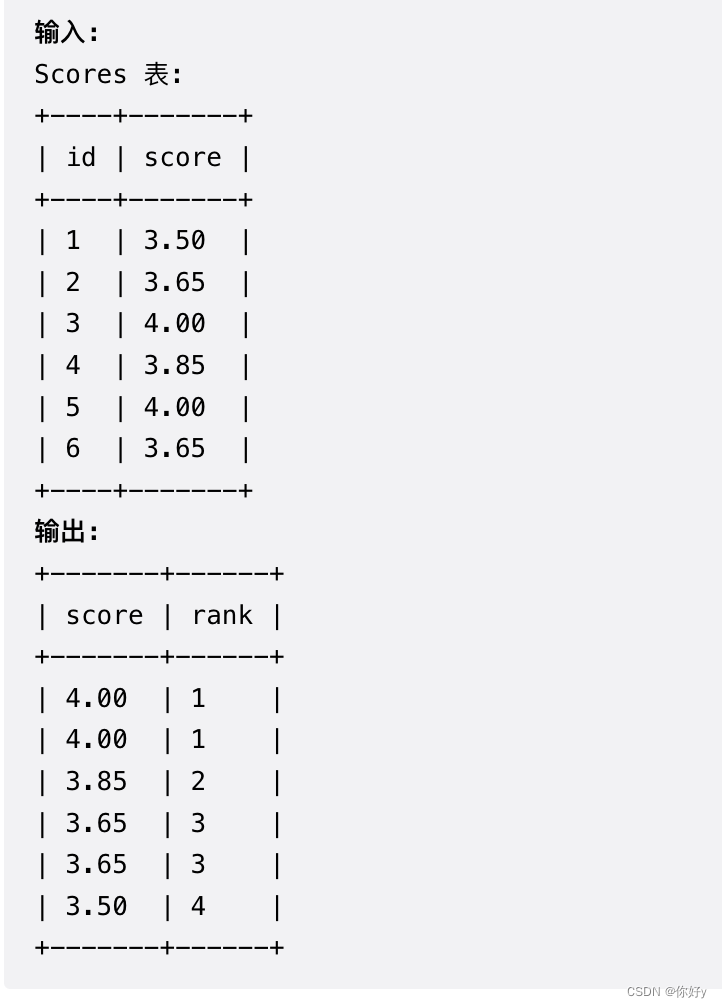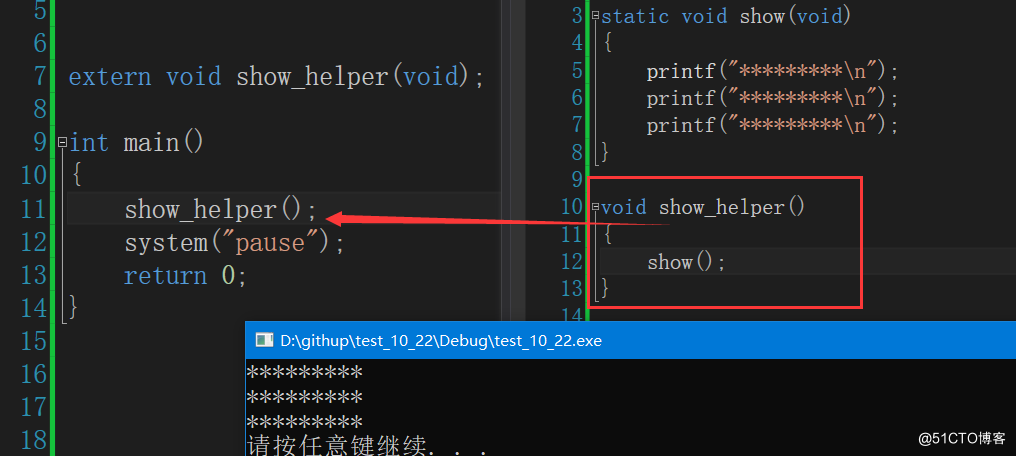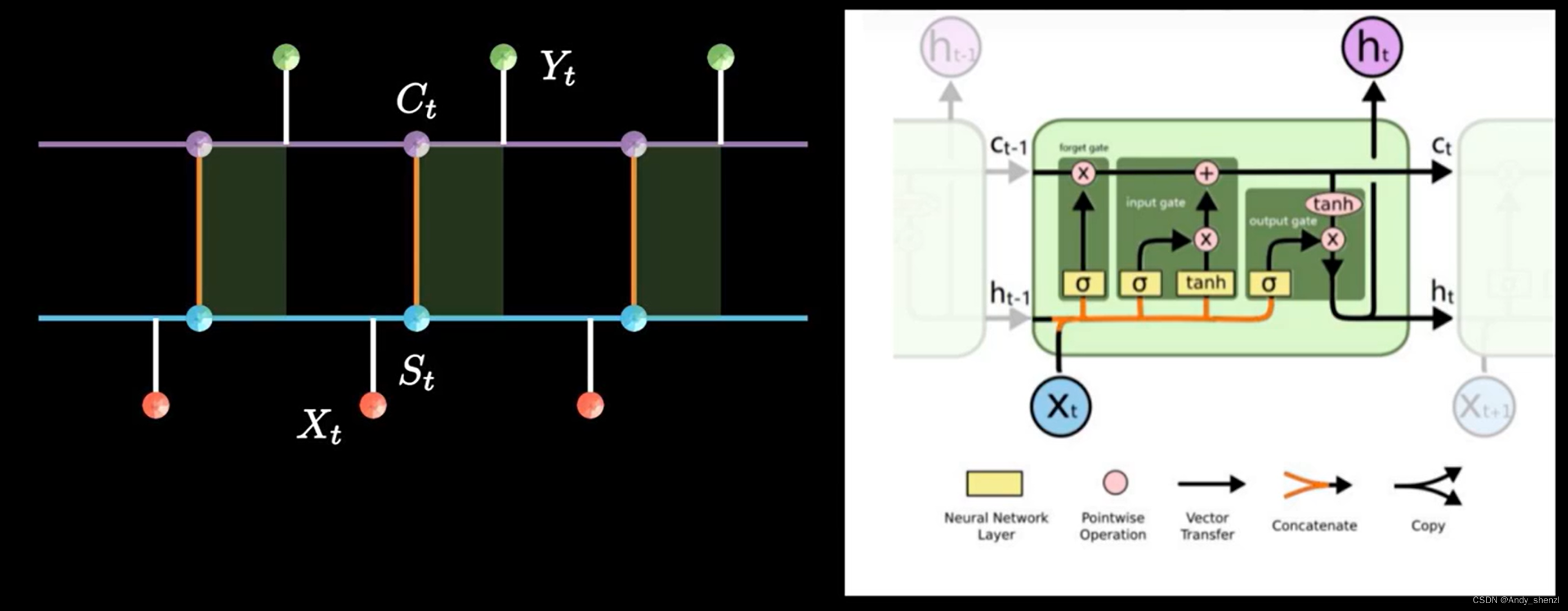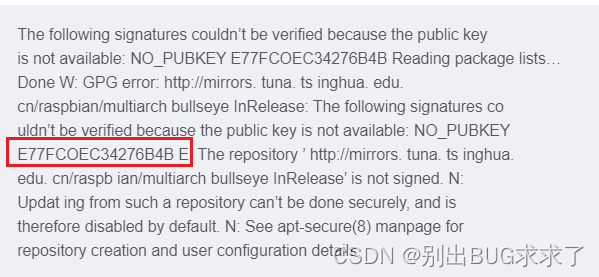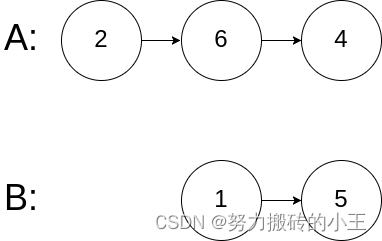Lambda表达式
新的一套语法规则
是一个匿名函数
@Test
public void test1(){
Runnable r1 = new Runnable(){
@Override
public void run() {
System.out.println("线程A");
}
};
r1.run();
System.out.println("====================");
Runnable r2 = () -> System.out.println("线程B");
r2.run();
}

public void test2(){
//比大小
Comparator<Integer> com1 = new Comparator<Integer>() {
@Override
public int compare(Integer o1, Integer o2) {
return Integer.compare(o1,o2);
}
};
int i = com1.compare(15, 12);
System.out.println(i);
System.out.println("=======================");
//比大小
//函数式接口只有一个方法,就无需知道具体是哪个方法
Comparator<Integer> com2 = (o1,o2) ->Integer.compare(o1,o2);
int ii = com1.compare(15, 19);
System.out.println(ii);
}

方法引用
//比大小
//函数式接口只有一个方法,就无需知道具体是哪个方法
System.out.println("=======================");
Comparator<Integer> com3 = Integer::compare;
int iii = com1.compare(15, 15);
System.out.println(iii);

格式【Lambda表达式的使用】分为8种
本质:作为接口的一个实例
public class LambdaTest1 {
//11111无参无返回值的
@Test
public void test1(){
Runnable r1 = new Runnable(){
@Override
public void run() {
System.out.println("线程A");
}
};
r1.run();
System.out.println("====================");
Runnable r2 = () -> System.out.println("线程B");
r2.run();
}
@Test
public void test2() {
//222222222222一个参数,但没有返回值
Consumer<String> con = new Consumer<String>() {
@Override
public void accept(String s) {
System.out.println(s);
}
};
con.accept("消费者");
System.out.println("========================");
//lambda的写法
Consumer<String> conn = (String s) ->System.out.println(s);
conn.accept("消费者11");
}
//33333333333数据类型可以省略,因为可以由编译器推断出来,称为"类型推断"
@Test
public void test3() {
System.out.println("========================");
//lambda的写法
Consumer<String> conn1 = (s) ->System.out.println(s);
conn1.accept("消费者22");
}
//444444444444444444若只需要一个参数时,参数的小括号可以省略
@Test
public void test4() {
System.out.println("========================");
//lambda的写法
Consumer<String> conn1 = s ->System.out.println(s);
conn1.accept("消费者33");
}
//555555555555555555555两个或以上的参数,多条执行行语句,并且可以有返回值
@Test
public void test5() {
//lambda的写法
//比大小
Comparator<Integer> com1 = new Comparator<Integer>() {
@Override
public int compare(Integer o1, Integer o2) {
return Integer.compare(o1,o2);
}
};
System.out.println("===========================");
//比大小
Comparator<Integer> com2 = new Comparator<Integer>() {
@Override
public int compare(Integer o1, Integer o2) {
System.out.println(o1);
System.out.println(o2);
return o1.compareTo(o2);
}
}; //比大小
//66666666666
System.out.println(com2.compare(15, 16));
Comparator<Integer> com3 = (o1,o2) ->{
System.out.println(o1);
System.out.println(o2);
return o1.compareTo(o2);
};
System.out.println(com3.compare(18, 12));
}
//7lambda只有一条语句,{}可以省略
}

函数式接口
只声明了一个抽样方法,则此接口就称为函数式接口
java四大核心函数式接口
Consumer<T>:不返
Supplier<T>:不给也返
Function<T,R>R apply(T t)
Predicate<T>:boolean test(T t)
方法引用与构造器引用
StreamAPI
对内存层面的多个数据,实现过滤,排序
可以对集合的数据进行操作,类似于sql执行的数据库查询
Stream操作三个步骤:创建----中间操作-------终止操作
创建:一个数据【如集合、数组】,获取一个流
中间操作:一个中间操作链,对数据源的数据进行处理
终止操作:一旦执行终止操作,就会执行中间操作链,并产生结果,之后不会被使用
创建Stream的方式
通过集合:
通过数组:
排序
自然排序:
List<Integer> list = Arrays.asList(12, 43, 65, 34, 87, 0, -98, 7);
list.stream().sorted().forEach(System.out::println);
定制排序:
List<Employee> employees = EmployeeData.getEmployees();
employees.stream().sorted((e1, e2) -> {
int ageValue = Integer.compare(e1.getAge(), e2.getAge());
if (ageValue != 0) {
return ageValue;
} else {
// 年龄相同,按工资从小到大排序
return Double.compare(e1.getSalary(), e2.getSalary());
// 年龄相同,按工资从大到小排序
// return -Double.compare(e1.getSalary(), e2.getSalary());
}
}).forEach(System.out::println);
创建无限流
Stream.iterate(0, t -> t + 2).limit(10).forEach(System.out::println);
Stream.generate(Math::random).limit(10).forEach(System.out::println);
筛选与切片
筛选
Stream<Employee> stream = list.stream();
// 练习:查询员工表中薪资大于 7000 的员工信息
stream.filter(e -> e.getSalary() > 7000).forEach(System.out::println);
// 1-筛选与切片
@Test
public void test5() {
List<Employee> list = EmployeeData.getEmployees();
// filter(Predicate p)-接收 Lambda,从流中排除某些元素。
Stream<Employee> stream = list.stream();
// 练习:查询员工表中薪资大于 7000 的员工信息
stream.filter(e -> e.getSalary() > 7000).forEach(System.out::println);
// Employee{id=1002, name='马云', age=12, salary=9876.12}
// Employee{id=1004, name='雷军', age=26, salary=7657.37}
// Employee{id=1006, name='比尔盖茨', age=42, salary=9500.43}
System.out.println();
// limit(n)-截断流,使其元素不超过给定数量。
// stream.limit(3).forEach(System.out::println);//closed已经关闭,需要重新生成
list.stream().limit(3).forEach(System.out::println);
// Employee{id=1001, name='马化腾', age=34, salary=6000.38}
// Employee{id=1002, name='马云', age=12, salary=9876.12}
// Employee{id=1003, name='刘强东', age=33, salary=3000.82}
System.out.println();
// skip(n)-跳过元素,返回一个扔掉了前 n 个元素的流。若流中元素不足 n 个,则
list.stream().skip(3).forEach(System.out::println);
// Employee{id=1004, name='雷军', age=26, salary=7657.37}
// Employee{id=1005, name='李彦宏', age=65, salary=5555.32}
// Employee{id=1006, name='比尔盖茨', age=42, salary=9500.43}
// Employee{id=1007, name='任正非', age=26, salary=4333.32}
// Employee{id=1008, name='扎克伯格', age=35, salary=2500.32}
System.out.println();
// distinct()-筛选,通过流所生成元素的 hashCode() 和 equals() 去除重复元素
list.add(new Employee(1010, "刘强东", 40, 8000));
list.add(new Employee(1010, "刘强东", 42, 8000));
list.add(new Employee(1010, "刘强东", 40, 8000));
list.add(new Employee(1010, "刘强东", 40, 8000));
list.add(new Employee(1010, "刘强东", 40, 8000));
// System.out.println(list);
// [Employee{id=1001, name='马化腾', age=34, salary=6000.38}, Employee{id=1002, name='马云', age=12, salary=9876.12},
// Employee{id=1003, name='刘强东', age=33, salary=3000.82}, Employee{id=1004, name='雷军', age=26, salary=7657.37},
// Employee{id=1005, name='李彦宏', age=65, salary=5555.32}, Employee{id=1006, name='比尔盖茨', age=42,
// salary=9500.43}, Employee{id=1007, name='任正非', age=26, salary=4333.32}, Employee{id=1008, name='扎克伯格',
// age=35, salary=2500.32}, Employee{id=1010, name='刘强东', age=40, salary=8000.0}, Employee{id=1010, name='刘强东',
// age=42, salary=8000.0}, Employee{id=1010, name='刘强东', age=40, salary=8000.0}, Employee{id=1010, name='刘强东',
// age=40, salary=8000.0}, Employee{id=1010, name='刘强东', age=40, salary=8000.0}]
System.out.println("=================");
list.stream().distinct().forEach(System.out::println);
// Employee{id=1001, name='马化腾', age=34, salary=6000.38}
// Employee{id=1002, name='马云', age=12, salary=9876.12}
// Employee{id=1003, name='刘强东', age=33, salary=3000.82}
// Employee{id=1004, name='雷军', age=26, salary=7657.37}
// Employee{id=1005, name='李彦宏', age=65, salary=5555.32}
// Employee{id=1006, name='比尔盖茨', age=42, salary=9500.43}
// Employee{id=1007, name='任正非', age=26, salary=4333.32}
// Employee{id=1008, name='扎克伯格', age=35, salary=2500.32}
// Employee{id=1010, name='刘强东', age=40, salary=8000.0}
// Employee{id=1010, name='刘强东', age=42, salary=8000.0}
}
去重
list.stream().distinct().forEach(System.out::println);
映射
小写变大写
List<String> list = Arrays.asList("aa", "bb", "cc", "dd");
list.stream().map(str -> str.toUpperCase()).forEach(System.out::println);
Stream终止操作
输出结果forEach(System.out::println);
Stream的终止操作:匹配与查询
匹配所有
@Test
public void test9(){
List<Employee> employees = EmployeeData.getEmployees();
boolean allMatch = employees.stream().allMatch(e->e.getAge()>18);
System.out.println(allMatch);
}

有一个匹配就可以
List<Employee> employees1 = EmployeeData.getEmployees();
boolean allMatch1 = employees1.stream().anyMatch(e->e.getAge()>18);
System.out.println(allMatch1);

求个数
最大值
最小值
并行流
把一个内容分成多个数据模块,并用不同的线程分别处理每个数据块的流,相比较串行流,并行流可以很大层度上提高程序的执行效率
Optional类
最大化的减少空指针异常
新的时间日期API
其他特性
学习过程全部操作
public class LambdaTest2 {
// 创建 Stream 方式一:通过集合
@Test
public void test1() {
List<Employee> employees = EmployeeData.getEmployees();
// default Stream<E> stream():返回一个顺序流
Stream<Employee> stream = employees.stream();
// default Stream<E> parallelStream():返回一个并行流
Stream<Employee> parallelStream = employees.parallelStream();
}
// 创建 Stream 方式二:通过数组
@Test
public void test2() {
int[] arr = new int[] {1, 2, 3, 4, 5, 6};
// 调用 Arrays 类的 static <T> Stream<T> stream(T[] array): 返回一个流
IntStream stream = Arrays.stream(arr);
Employee e1 = new Employee(1001, "Tom");
Employee e2 = new Employee(1002, "Jerry");
Employee[] arr1 = new Employee[] {e1, e2};
Stream<Employee> stream1 = Arrays.stream(arr1);
}
// 创建 Stream 方式三:通过 Stream 的 of()
@Test
public void test3() {
Stream<Integer> stream = Stream.of(1, 2, 3, 4, 5, 6);
}
// 创建 Stream 方式四:创建无限流
@Test
public void test4() {
// 迭代
// public static<T> Stream<T> iterate(final T seed,final UnaryOperator<T> f)
// 遍历前 10 个偶数
Stream.iterate(0, t -> t + 2).limit(10).forEach(System.out::println);
// 生成
// public static<T> Stream<T> generate(Supplier<T> s)
Stream.generate(Math::random).limit(10).forEach(System.out::println);
}
// 1-筛选与切片
@Test
public void test5() {
List<Employee> list = EmployeeData.getEmployees();
// filter(Predicate p)-接收 Lambda,从流中排除某些元素。
Stream<Employee> stream = list.stream();
// 练习:查询员工表中薪资大于 7000 的员工信息
stream.filter(e -> e.getSalary() > 7000).forEach(System.out::println);
// Employee{id=1002, name='马云', age=12, salary=9876.12}
// Employee{id=1004, name='雷军', age=26, salary=7657.37}
// Employee{id=1006, name='比尔盖茨', age=42, salary=9500.43}
System.out.println("1");
// limit(n)-截断流,使其元素不超过给定数量。
// stream.limit(3).forEach(System.out::println);//closed已经关闭,需要重新生成
list.stream().limit(3).forEach(System.out::println);
System.out.println("/2");
// skip(n)-跳过元素,返回一个扔掉了前 n 个元素的流。若流中元素不足 n 个,则
list.stream().skip(3).forEach(System.out::println);
System.out.println();
// distinct()-筛选,通过流所生成元素的 hashCode() 和 equals() 去除重复元素
list.add(new Employee(1010, "刘强东", 40, 8000));
list.add(new Employee(1010, "刘强东", 42, 8000));
list.add(new Employee(1010, "刘强东", 40, 8000));
list.add(new Employee(1010, "刘强东", 40, 8000));
list.add(new Employee(1010, "刘强东", 40, 8000));
System.out.println("=================");
list.stream().distinct().forEach(System.out::println);
}
// 映射
@Test
public void test6() {
// map(Function f)-接收一个函数作为参数,将元素转换成其他形式或提取信息,该函数会被应用到每个元素上,并将其映射成一个新的元素。
List<String> list = Arrays.asList("aa", "bb", "cc", "dd");
list.stream().map(str -> str.toUpperCase()).forEach(System.out::println);
System.out.println("===--=-=-==0-");
// 练习1:获取员工姓名长度大于 3 的员工的姓名。
List<Employee> employees = EmployeeData.getEmployees();
Stream<String> namesStream = employees.stream().map(Employee::getName);
namesStream.filter(name -> name.length() > 3).forEach(System.out::println);
System.out.println();
// 练习2:
Stream<Stream<Character>> streamStream = list.stream().map(LambdaTest2::fromStringToStream);
streamStream.forEach(s -> {
s.forEach(System.out::println);
});
System.out.println();
// 集合里面套集合的方式,遍历优先使用 flatMap 方式
// flatMap(Function f)-接受一个函数作为参数,将流中的每个值都换成另一个流,然后把所有流连接成一个流。
Stream<Character> characterStream = list.stream().flatMap(LambdaTest2::fromStringToStream);
characterStream.forEach(System.out::println);
// a
// a
// b
// b
// c
// c
// d
// d
}
// 将字符串中的多个字符构成的集合转换为对应的 Stream 的实例
public static Stream<Character> fromStringToStream(String str) {// a
ArrayList<Character> list = new ArrayList<>();
for (Character c : str.toCharArray()) {
list.add(c);
}
return list.stream();
}
@Test
public void test7() {
ArrayList list1 = new ArrayList();
list1.add(1);
list1.add(2);
list1.add(3);
ArrayList list2 = new ArrayList();
list2.add(4);
list2.add(5);
list2.add(6);
list1.addAll(list2);
System.out.println(list1);
}
// 3-排序
@Test
public void test8() {
// sorted()-自然排序
List<Integer> list = Arrays.asList(12, 43, 65, 34, 87, 0, -98, 7);
list.stream().sorted().forEach(System.out::println);
List<Employee> employees = EmployeeData.getEmployees();
employees.stream().sorted((e1, e2) -> {
int ageValue = Integer.compare(e1.getAge(), e2.getAge());
if (ageValue != 0) {
return ageValue;
} else {
// 年龄相同,按工资从小到大排序
return Double.compare(e1.getSalary(), e2.getSalary());
// 年龄相同,按工资从大到小排序
// return -Double.compare(e1.getSalary(), e2.getSalary());
}
}).forEach(System.out::println);
}
}
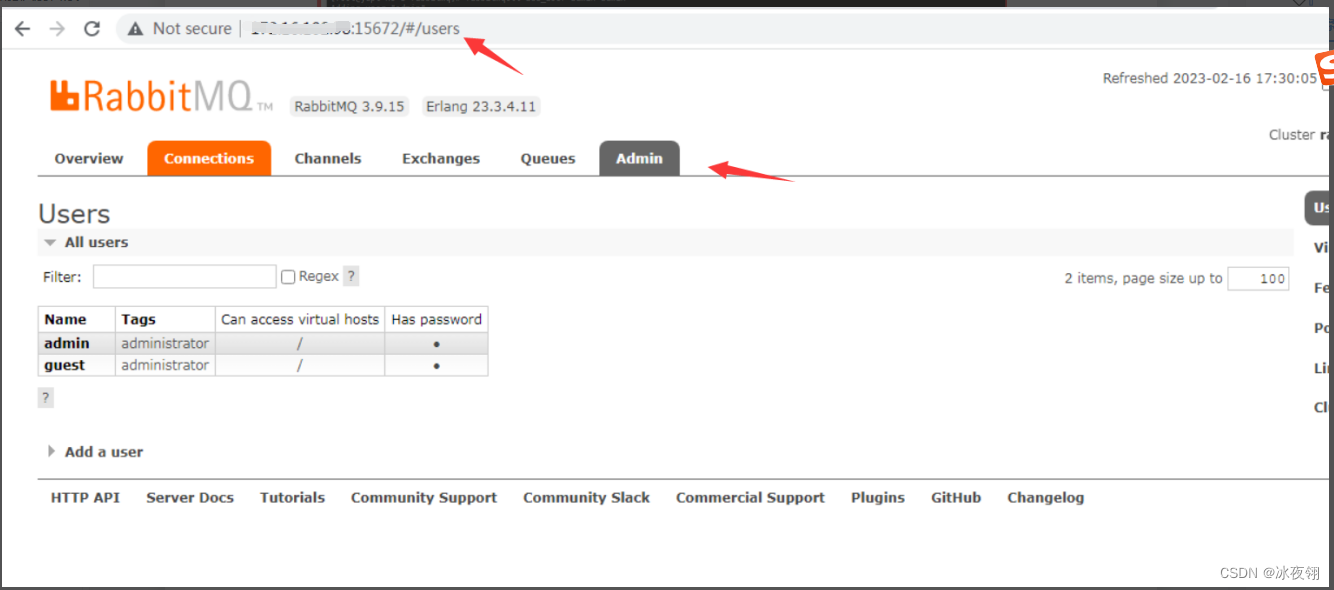
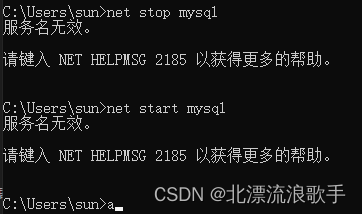
![[Android Studio] Android Studio Virtual Device虚拟机的功能试用](https://img-blog.csdnimg.cn/24b696d76d374a9992017e1625389592.gif)
